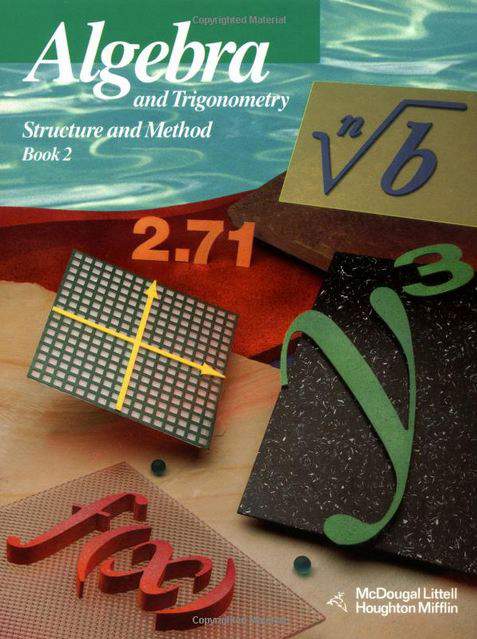Connecting...

This is a quick preview of the lesson. For full access, please Log In or Sign up.
For more information, please see full course syllabus of Algebra 2
For more information, please see full course syllabus of Algebra 2
Algebra 2 Conic Sections
Lecture Description
Conic sections are the cross sections of a double cone that is sliced by a plane, which includes parabolas, ellipses, hyperbolas, and circles. In this lesson, you’ll learn how to put an equation in standard form by completing the square, be able to identify which conic section is the graph of the equation and learn how to analyze a general equation of degree 2 to determine which conic section is the graph of the equation. In the examples, you'll work on identifying various conic sections.
Bookmark & Share
Embed
Share this knowledge with your friends!
Copy & Paste this embed code into your website’s HTML
Please ensure that your website editor is in text mode when you paste the code.(In Wordpress, the mode button is on the top right corner.)
×
Since this lesson is not free, only the preview will appear on your website.
- - Allow users to view the embedded video in full-size.
Next Lecture
Previous Lecture









































 Carleen Eaton
Carleen Eaton Grant Fraser
Grant Fraser
 Answer Engine
Answer Engine



1 answer
Last reply by: JIE LIU
Sun Dec 26, 2021 9:28 PM
Post by JIE LIU on December 26, 2021
how can we know the each denominator is "a" or "b"?
1 answer
Last reply by: Rafael Mojica
Sun Jul 26, 2015 2:46 PM
Post by Andy Choi on July 26, 2015
i don't understand what 'b' is in the first example. Could you specify?
1 answer
Wed Dec 28, 2011 9:17 PM
Post by Jonathan Taylor on December 27, 2011
Dr Carleen ex.1 are u sure' it seem like it should be a circle rather then ellipse